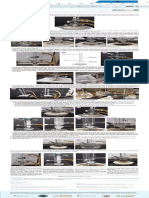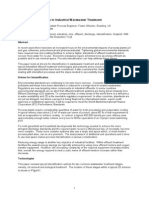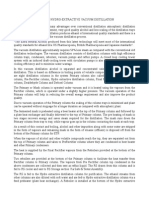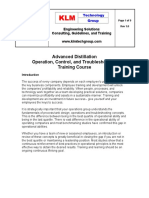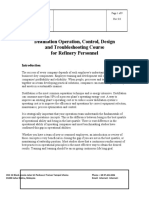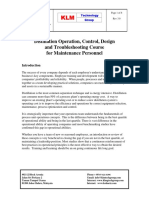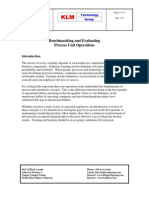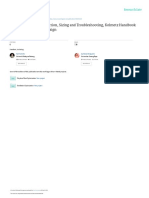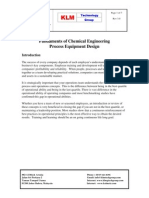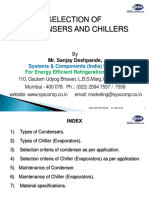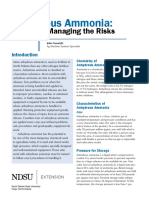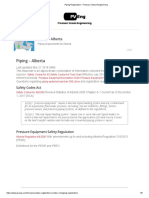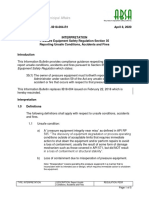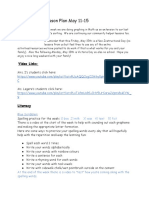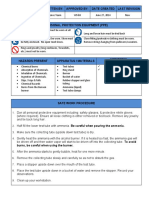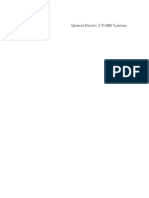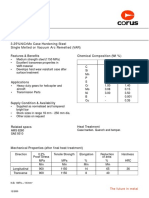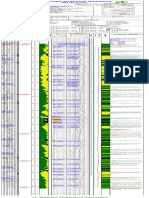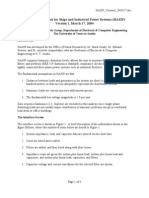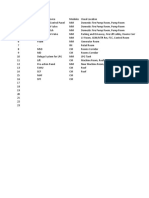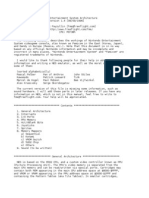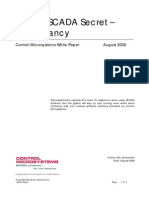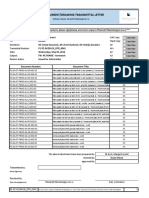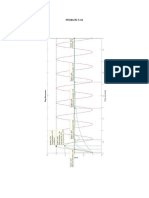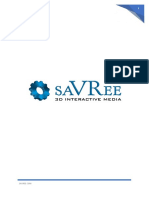0% found this document useful (0 votes)
168 views10 pagesIntroduction To Distillation Operation, Control, and Troubleshooting Training Course For Refinery Personnel
The document is an introduction to a training course on distillation operation, control, and troubleshooting for refinery personnel. The course aims to help participants develop key concepts and techniques to design, operate, maintain and troubleshoot distillation systems. It covers topics like distillation principles, column design, crude oil distillation, and troubleshooting distillation columns and heat exchangers. The typical course duration is 3 to 5 days and will be led by a senior technical professional with over 25 years of experience.
Uploaded by
RASHEED YUSUFCopyright
© © All Rights Reserved
We take content rights seriously. If you suspect this is your content, claim it here.
Available Formats
Download as PDF, TXT or read online on Scribd
0% found this document useful (0 votes)
168 views10 pagesIntroduction To Distillation Operation, Control, and Troubleshooting Training Course For Refinery Personnel
The document is an introduction to a training course on distillation operation, control, and troubleshooting for refinery personnel. The course aims to help participants develop key concepts and techniques to design, operate, maintain and troubleshoot distillation systems. It covers topics like distillation principles, column design, crude oil distillation, and troubleshooting distillation columns and heat exchangers. The typical course duration is 3 to 5 days and will be led by a senior technical professional with over 25 years of experience.
Uploaded by
RASHEED YUSUFCopyright
© © All Rights Reserved
We take content rights seriously. If you suspect this is your content, claim it here.
Available Formats
Download as PDF, TXT or read online on Scribd
/ 10

